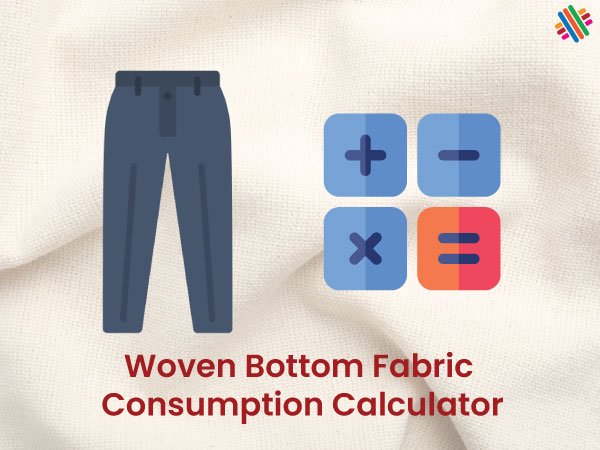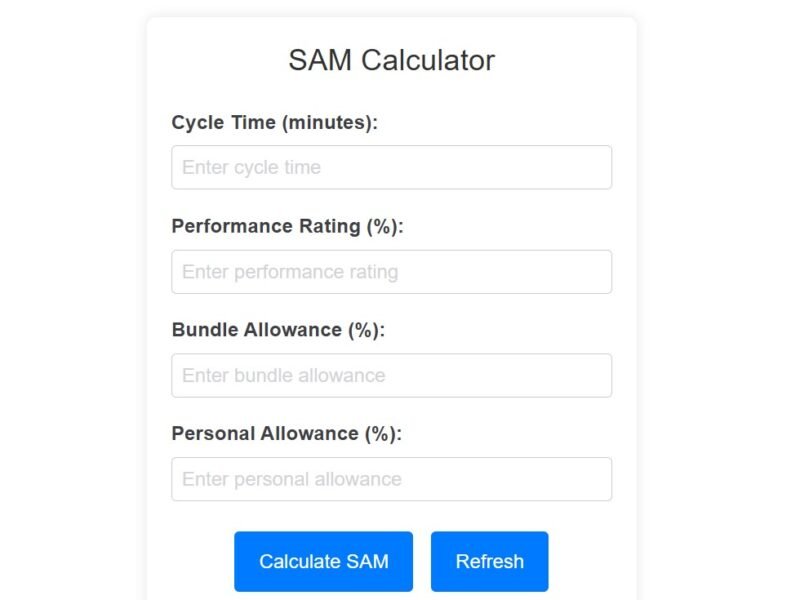Wedding Dress Size Calculator: Find Perfect Fit [Free Tool]
Last updated on July 26th, 2025 at 11:01 pm
Wedding Dress Size Conversion
Wedding Dress Size Calculator
Enter your measurements to find your dress size.
How to Measure:
- Bust: Measure around the fullest part of your bust.
- Waist: Measure around the narrowest part of your waist.
- Hips: Measure around the widest part of your hips.
- Hollow to Floor: Measure from the center of your collarbones to the floor.
Picture this: You walk into a bridal boutique feeling excited and confident in your usual size 6, only to discover that wedding dresses run so small you need a size 10. Sound familiar? You're not alone! I remember my friend Sarah's wedding dress journey - she nearly had a meltdown when the consultant told her she needed two sizes larger than her regular clothes.
This sizing confusion happens because wedding dresses follow traditional couture sizing standards from the 1940s-1950s, not modern ready-to-wear sizing. As bridal consultant Jessica Peterson explains: "Most brides are shocked when they try on wedding dresses. The numbering system hasn't changed in decades, so you should expect to go up 1-3 sizes from your regular clothing."
The Wedding Dress Size Calculator
Our free Wedding Dress Size Calculator takes the guesswork out of bridal sizing. In just minutes, you'll get:
- Your accurate size in US, UK, and EU measurements
- Customized recommendations based on your unique proportions
- Professional fitting advice tailored to your body type
How it works:
- Enter your bust, waist, hip, and hollow-to-floor measurements
- Choose inches or centimeters
- Get instant size recommendations
- Receive detailed fitting guidance
Your Step-by-Step Measurement Guide
Getting accurate measurements is crucial - a small error can mean ordering the wrong size. Follow these steps carefully:
What You'll Need:
- A soft measuring tape
- Proper undergarments (the ones you'll wear on your wedding day)
- A friend to help
- A full-length mirror
Measurement Instructions:
- Bust Measurement:
- Stand naturally with arms at your sides
- Wrap the tape around the fullest part of your bust
- Keep the tape parallel to the floor
- Don't pull tight - it should be snug but not constricting
- Pro Tip: Wear your wedding day bra for most accuracy
- Waist Measurement:
- Find your natural waist (the narrowest part above your belly button)
- Bend sideways to see where your waist naturally creases
- Measure around this point without sucking in
- Expert Insight: "Many brides make the mistake of measuring where their pants sit rather than their natural waist," says Peterson
- Hip Measurement:
- Find the fullest part of your hips and buttocks
- This is usually 7-9 inches below your waist
- Keep feet together and weight evenly distributed
- Ensure the tape is parallel to the floor
- Hollow-to-Floor:
- Stand straight without shoes
- Place tape at the hollow between your collarbones
- Measure straight down to the floor
- Personal Tip: Have your partner measure this - it's tricky to do alone!
Understanding Your Calculator Results
Once you've used our calculator, you'll see three size recommendations. Here's what they mean:
- US Size: Standard American bridal sizing
- UK Size: Used by many international designers
- EU Size: European sizing common with couture designers
Why You Might Get Different Recommendations
Your measurements might point to different sizes in different systems - this is completely normal! Focus on the size that matches your largest measurement (usually bust or hips) since it's easier to take in a dress than let it out.
- Order with Confidence:
- Use your calculated size as your starting point
- Remember: Wedding dresses are meant to be altered
- Order 8-12 months before your wedding date
- Budget for Alterations:
- Set aside 15-20% of your dress budget for tailoring
- Most brides need these adjustments:
- Hemming (especially if you're wearing heels)
- Taking in at the waist
- Bust adjustments
- Adding bustle points
3. Timeline for Perfect Fit:

Expert Tips for Wedding Dress Success
I've gathered advice from top bridal consultants to help you navigate the process:
"Order for the body you have today, not the body you hope to have. Significant weight changes can compromise the dress's structure." - Maria Rodriguez, Bridal Salon Owner
Proven Fitting Strategies:
- Bring your wedding shoes to every fitting
- Wear your exact undergarments
- Move around in the dress (sit, dance, hug)
- Consider your venue (outdoor weddings may need different alterations)
Personal Anecdote: My cousin Emily nearly ruined her dress by losing weight after final alterations. Her seamstress warned: "We can take it in more, but the beadwork might be damaged." She maintained her weight and had a perfect fit!
Frequently Asked Questions
Why are wedding dress sizes so different?
Wedding sizing uses old couture standards that never adjusted for modern body types. A 1950s size 10 equals today's size 6.
Should I size up if I'm between sizes?
Yes! Always size up. It's easier to take in than let out. Focus on your largest measurement.
How much do alterations cost?
Typically $200-$800 depending on complexity. Simple hems start at $100, while lace adjustments can cost $500+.
When should I start shopping?
Begin looking 12 months out, order 8-10 months before, with first alterations 3 months before.
Your Perfect Fit Awaits!
Finding your wedding dress should be magical, not stressful. As you embark on this journey, remember that the number on the tag means nothing - what matters is how beautiful and confident you feel.
Ready to find your perfect size? Use our Wedding Dress Size Calculator now and step into your bridal journey with confidence!



